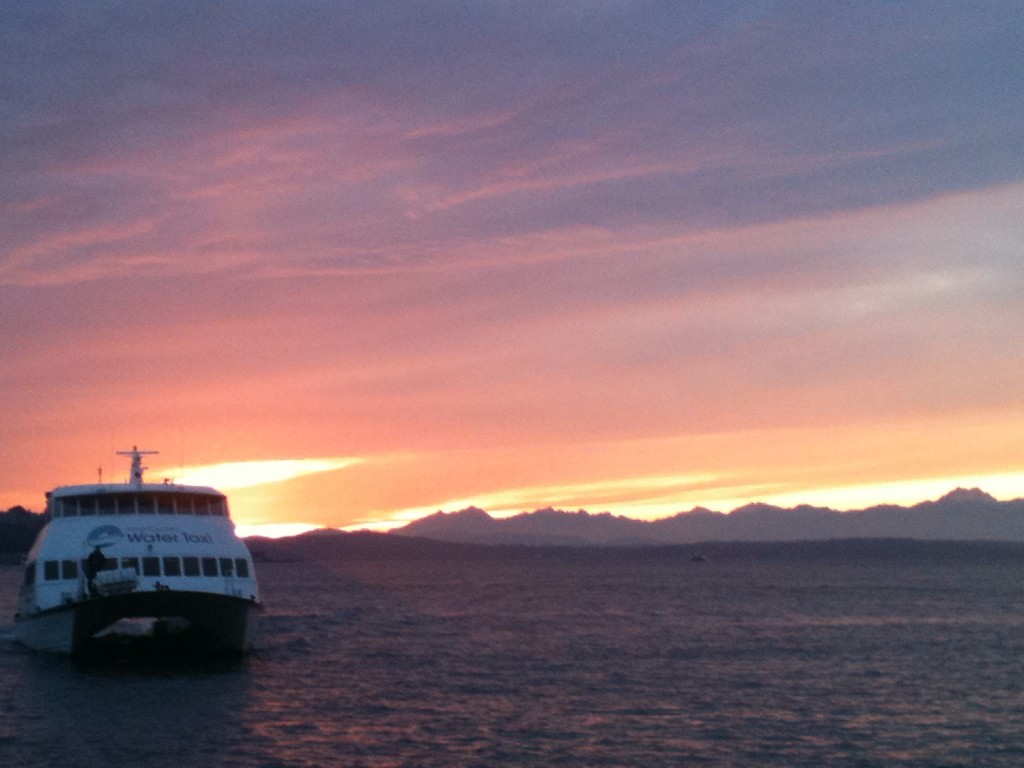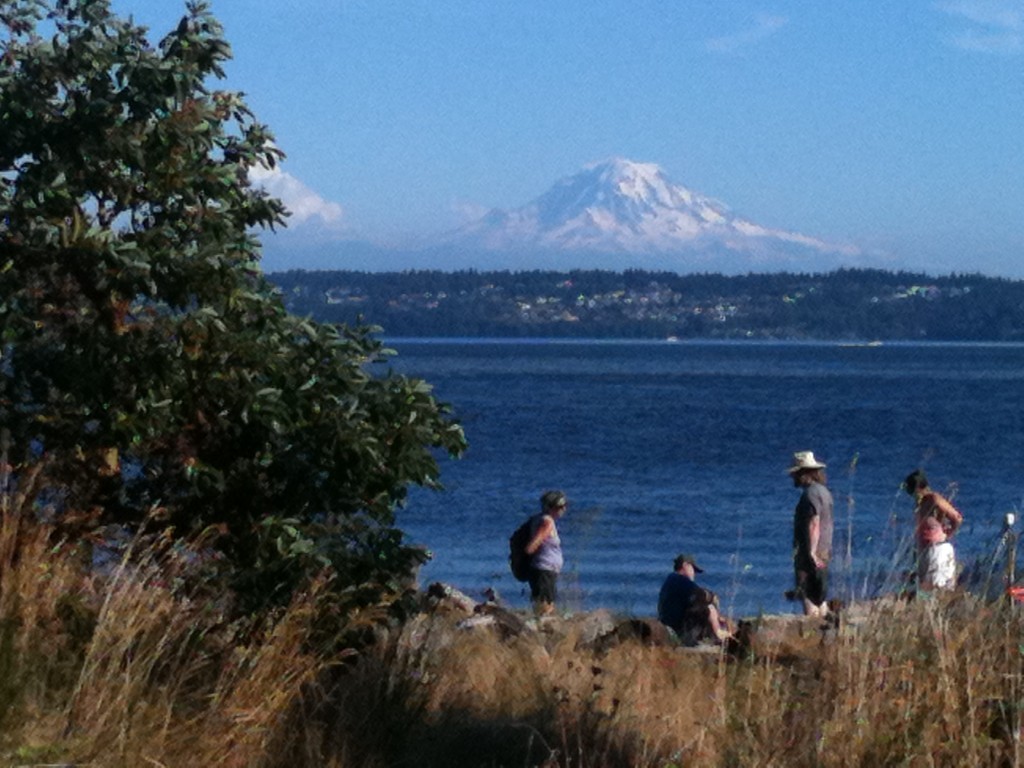In the end of March, New York Times published a travel article on Vashon Island just off the Seattle coast with the title “A trip across Water, and Time, from Seattle“. ICRPS participant Shana Hirsch lives on Vashon Island, and commented on the article in social media. We asked Shana to elaborate on her point of view. This is what she wrote:
by Shana Hirsch, 20/05/2012
I am always interested in the ways in which rural places  are depicted, but I was recently struck by an article in the New York Times. It was about my own home here on Vashon Island, a small island in the Puget Sound outside of Seattle, Washington. The article was a feature in the travel section and was entitled: “A Trip Across the Water, and Time, From Seattle.” I suppose you could call it a typical piece of travel writing. At first, I was almost flattered by the way the author referred to my own home in such poetic language. I had never quite looked at my regular coffee shop in such a positive light, or appreciated the casual honor-system farm stands as being so anachronistic, and I didn’t realize that the local restaurant served such delicious crab cakes with aioli sauce. I’ll have to try those… but, despite these compliments, I was uneasy with the author’s tone, particularly the part in the title about “Time.”
are depicted, but I was recently struck by an article in the New York Times. It was about my own home here on Vashon Island, a small island in the Puget Sound outside of Seattle, Washington. The article was a feature in the travel section and was entitled: “A Trip Across the Water, and Time, From Seattle.” I suppose you could call it a typical piece of travel writing. At first, I was almost flattered by the way the author referred to my own home in such poetic language. I had never quite looked at my regular coffee shop in such a positive light, or appreciated the casual honor-system farm stands as being so anachronistic, and I didn’t realize that the local restaurant served such delicious crab cakes with aioli sauce. I’ll have to try those… but, despite these compliments, I was uneasy with the author’s tone, particularly the part in the title about “Time.”
The only way to get on and off of Vashon Island is by boat, and taking the State-run ferry system is pretty much the only way to do this. A sizeable percentage of islanders actually commute to Seattle via the 30-minute ferry every day, and I’m frequently one of them. To the author of the NYT article, however, this is not merely a ferry, it’s a “time machine.” For the author, a recent transplant from New York City, going to rural Vashon Island is like going back in time. For him, travelling to a rural place like the one that I live in cannot be understood as a place unless it is imagined as being somehow out of time. This depiction of rurality as out of step with modernity is not uncommon, but because he was speaking about my own home, the place that I live and work in everyday, it felt very personal. Wait…am I somehow living in the past? Am I walking around in some kind of romanticized living-history museum? I suddenly felt as if my whole community was living in a bubble that would one day “pop” as soon as it came into contact with the “real” (urban) world.
I mentioned the article to several of my neighbors and friends, gaining a variety of reactions. The islanders that I spoke to were mainly concerned that the article would bring too many tourists, ruining the peacefulness of the island, and my Seattle friends didn’t see what the problem was: after all, the pace of life is slower on the island, and that’s what makes it nice. But I learned an important lesson from this article: how rural communities are represented does matter. If rural places are constantly depicted as being nostalgic, in the past, or not in step with modernity, we are missing an important opportunity to see actually existing sustainable alternatives in the rural. Rural places exist now. They are modern. And in this way, they provide us with an alternative modernity. As rural advocates, it is important that we recognize the ways in which rural people are represented, by whom, and for what ends. Nostalgia may sell newspapers, but at the same time, it can limit possibilities for communities, both rural and urban, by designating some ways of living as more real, present, and “modern” than others, and ignoring the real differences, and possibilities, that exist now. I am interested to know what others think…
Photos: Shana Hirsch
SHANA HIRSCH recently received her MA in Cultural Studies from the University of Washington, and she hopes to continue studying the cultural politics of rurality and alternative livelihoods and futures for rural people. She attended ICRPS in Norway in 2011.

